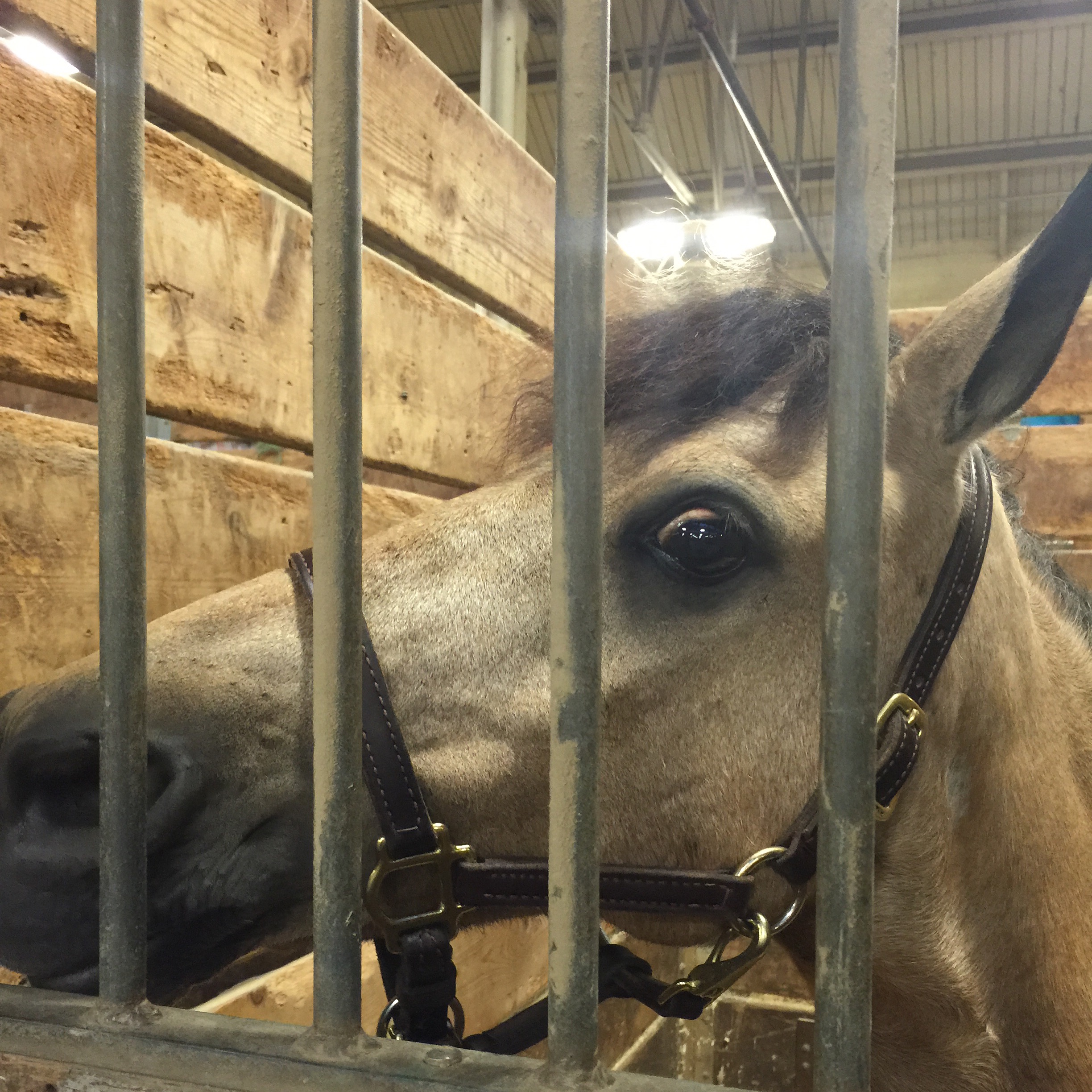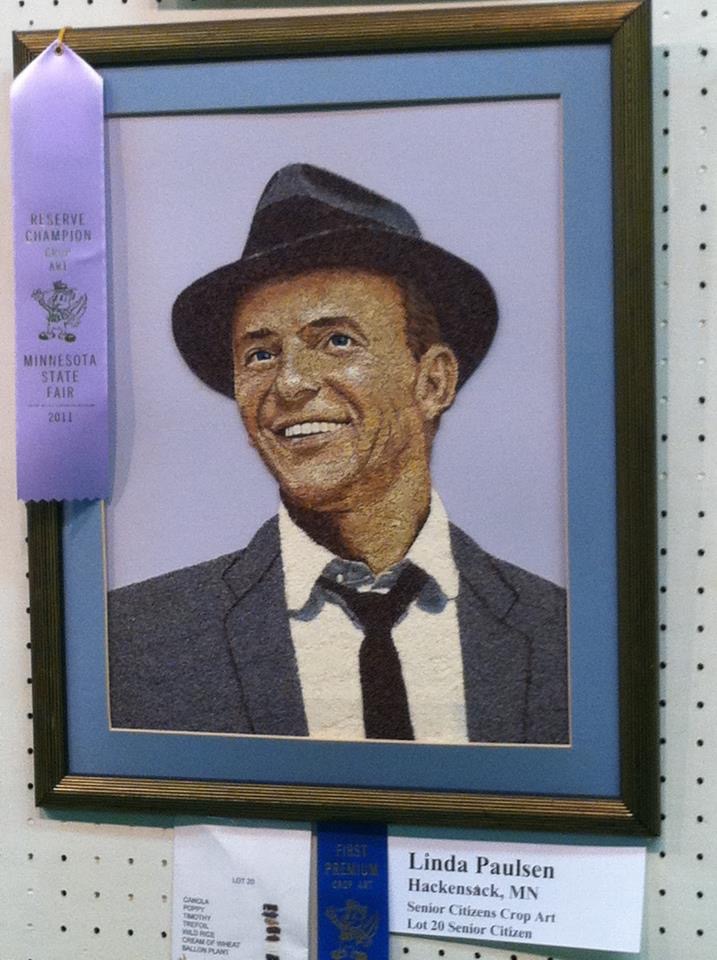A Letter from Ted Gavin
A Letter from Ted Gavin

As summer comes to an end, I’m reminded that, if you want to see the full breadth and expansiveness of the American economic engine, go to a state fair. Or, more accurately, the Minnesota State Fair.
It’s no surprise to those who know me well that I spend some time at The Great Minnesota Get Together every year. Aside from more fried food on sticks than a person should ever expose themselves to, one can find a snapshot of our modern economy.
We are a nation tied to our agrarian history, but using our industrial prowess to deliver food to people all over the country. And in a fairgrounds built by a Works Progress Administration grant, one can find any number of foods from which a cardiologist would run screaming. The simple option (or, for that matter, the healthy option) isn’t always the most attractive to the consumer. (But a friend did ask me for directions to a stand where we bought a fresh peach last year.)

While the Fair operates as a quasi-public agency, it hasn’t received a single penny of public funds since 1949. Maintenance of the 320-acre fairgrounds comes solely from donations, fair attendance fees, and commissions or exhibitor fees. Think of a state fair as an open-air shopping mall case study. In 2014, 1,824,820 attendees entered the fairgrounds at a cost of $13 per person – generating approximately $23,722,660 in revenue to the Fair Foundation before a single corn-dog, soft drink or beer was purchased. To have a food concession at the Fair, sellers pay the fair a commission of 15% of revenue, net of collected sales tax. Those who sell non-food products pay commissions ranging from 15% to 40% of revenues.
This year, the “All You Can Drink Milk” stand raised its prices from $1 to $2. You will never see a better experiment in market elasticity and inelasticity than that. I’m sure there will be more than one article in the Minneapolis Star Tribune discussing what impact the price increase had on sales and profitability.
All politics are local. If you want an early predictor of who will win on Election Day, stop by the booths operated by the major political parties and count the crowd (there are three “major party” booths – Minnesota has a vibrant Independent Party that occasionally moves elections. Remember Governor Jesse Ventura?). If a lot of people come to see a candidate at the Fair, it usually means more turn-out for that candidate in November – and this is in a state with one of the highest voter turnout rates in the country. Want to find out how a Somali, a Hmong, a miner from the Iron Range, and a stay-at-home-dad from Eden Prairie feel about a particular issue? Look no further.

The sea of humanity I encounter while trying to see an award-winning seed art picture of Grumpy Cat or Senator Al Franken — or a glimpse of a giant kohlrabi (I’m serious – that’s actually a thing this year) —are the same consumers whose daily decisions define the work that we do – whether it’s turnarounds of struggling retailers or manufacturers; restructuring faltering municipalities; natural resources and extractions; oil and gas servicers; and companies seeking better engagement with their communities. The drunk man sitting behind me who insisted on slurring every one of his favorite songs by other bands, while we saw Joan Jett and the Blackhearts opening for Journey last year, also is a participant in the economic engine that drives us all. Maybe not a big participant, though. That’s probably for the best. He had lousy taste in music.
The economics of the Fair extend far beyond the Fairgrounds. If you operate a restaurant in the Twin Cities and you don’t budget for reduced business for the twelve days ending Labor Day, you’re in for an unfortunate surprise. Seeing revenues drop from $10,000 a day to $25,000 a week isn’t unheard of. On the other hand, getting a table at a decent restaurant for dinner during the week is super easy.
One does not go into a state fair expecting to see a microcosm of the inputs and outputs of the restructuring business or public affairs business. But, if one is open to it, it’s a fascinating cross-section of everything we do.
